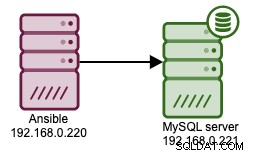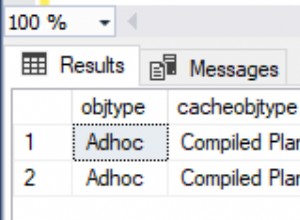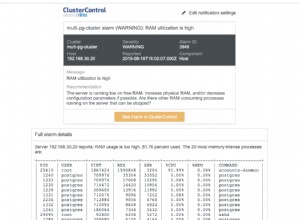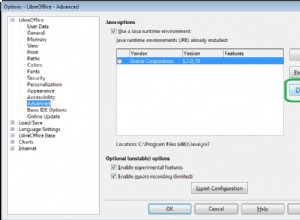पीटर, इसने मेरे लिए PostgreSQL 9.3 और Java OpenJDK 7 के साथ काम किया।
लार्जऑब्जेक्टएपीआई के साथ लेखन:
public static void main(String[] args) throws SQLException, FileNotFoundException, IOException {
Connection conn = DriverManager.getConnection("jdbc:postgresql://localhost:5432/test01", "postgres", "postgres");
conn.setAutoCommit(false);
File file = new File("/home/user/Pictures/somePicture.jpg");
FileInputStream fis = new FileInputStream(file);
LargeObjectManager lom = PGConnection.class.cast(conn).getLargeObjectAPI();
long oid = lom.createLO(LargeObjectManager.READ | LargeObjectManager.WRITE);
LargeObject lob = lom.open(oid, LargeObjectManager.WRITE);
byte[] buffer = new byte[2048];
int s = 0;
while ((s = fis.read(buffer, 0, buffer.length)) > 0) {
lob.write(buffer, 0, s);
}
lob.close();
fis.close();
PreparedStatement ps = conn.prepareStatement("insert into test(id, name, content) values (nextval('test_id_seq'), ?, ?)");
ps.setString(1, "foto01");
ps.setLong(2, oid);
ps.executeUpdate();
ps.close();
conn.commit();
}
डेटाबेस से बड़ी वस्तु पढ़ना:
public static void main(String[] args) throws SQLException, FileNotFoundException, IOException {
Connection conn = DriverManager.getConnection("jdbc:postgresql://localhost:5432/test01", "postgres", "postgres");
conn.setAutoCommit(false);
Statement stmt = conn.createStatement();
ResultSet rs = stmt.executeQuery("select id, name, content from test");
LargeObjectManager lom = PGConnection.class.cast(conn).getLargeObjectAPI();
byte[] buffer = new byte[2048];
int s = 0;
while(rs.next()) {
File file = new File("/tmp", rs.getLong("id") + "_" + rs.getString("name"));
FileOutputStream fos = new FileOutputStream(file);
LargeObject lob = lom.open(rs.getLong("content"), LargeObjectManager.READ);
while((s = lob.read(buffer, 0, buffer.length)) > 0) {
fos.write(buffer, 0, buffer.length);
}
lob.close();
fos.close();
}
conn.close();
}
टेस्ट टेबल को
. के रूप में परिभाषित किया गया थाcreate table test (id serial, name varchar(256), content oid);




